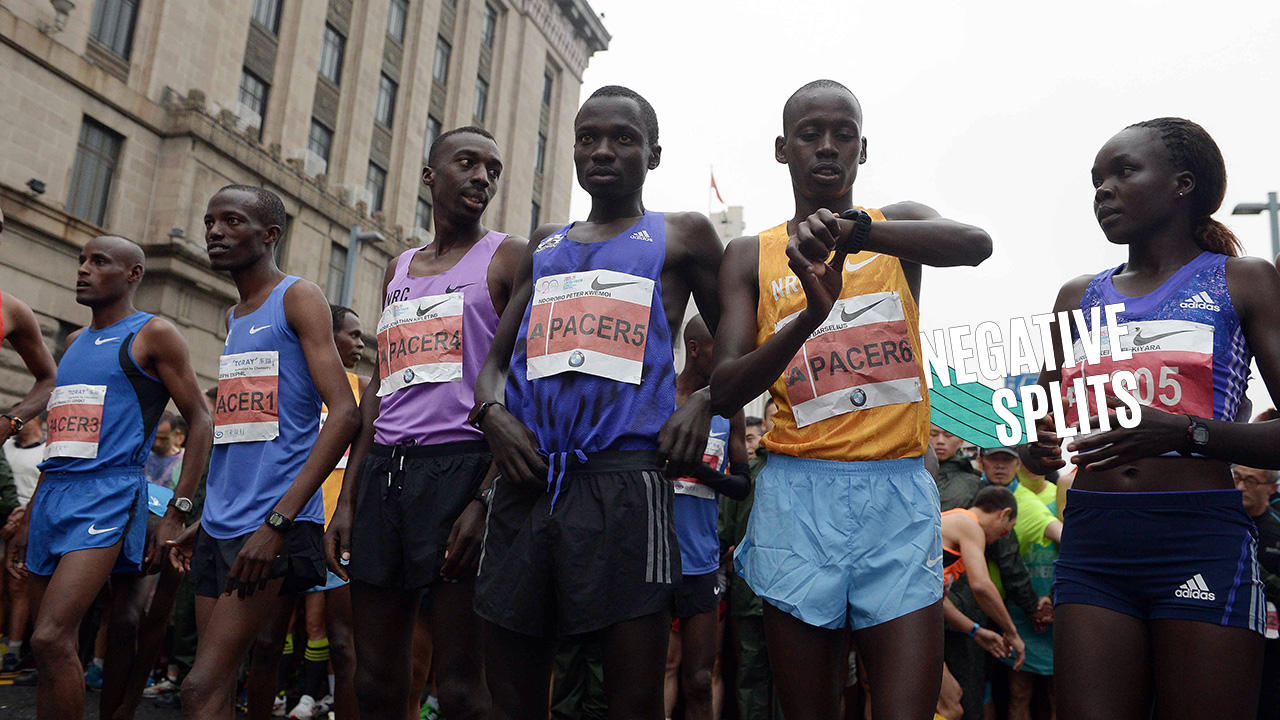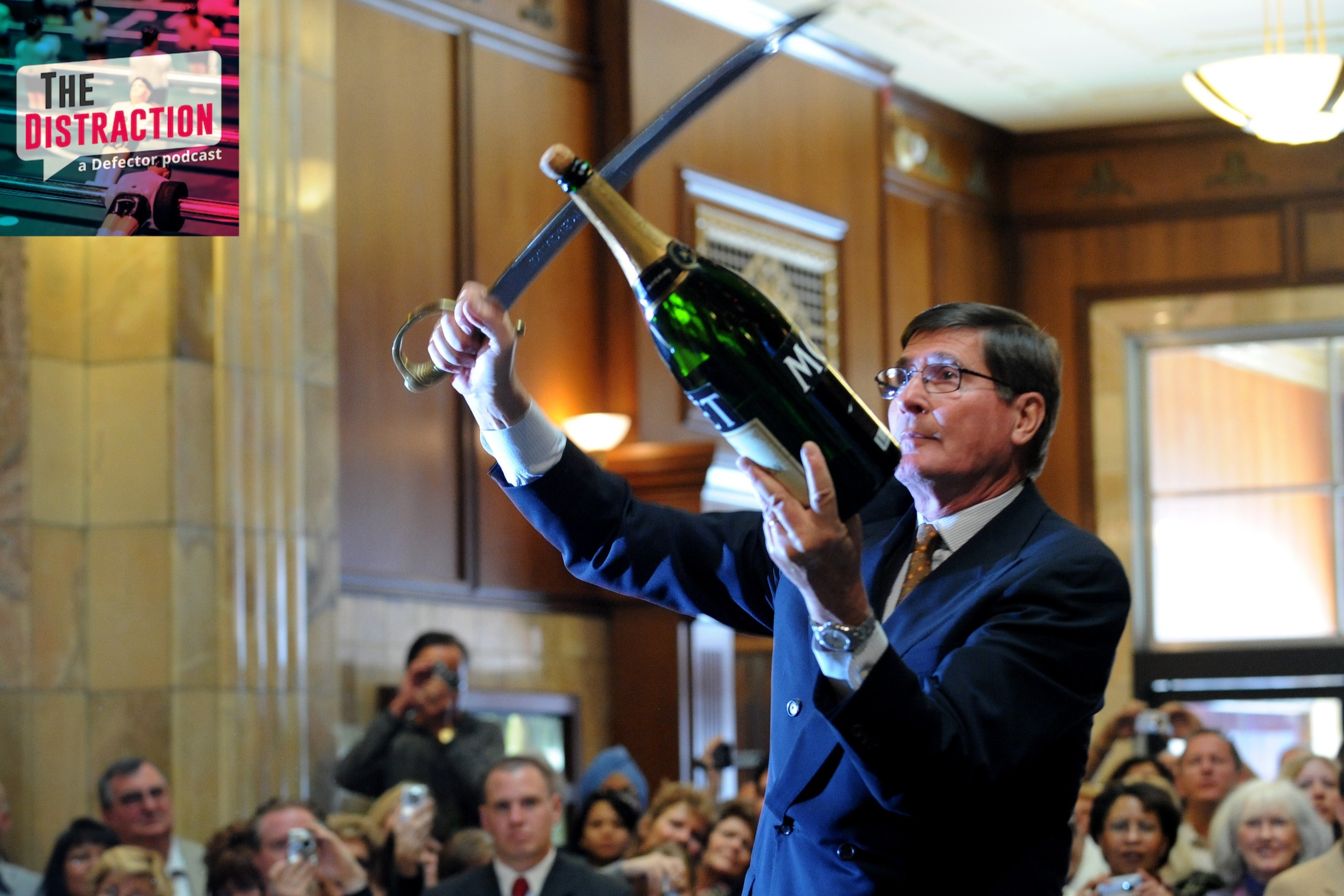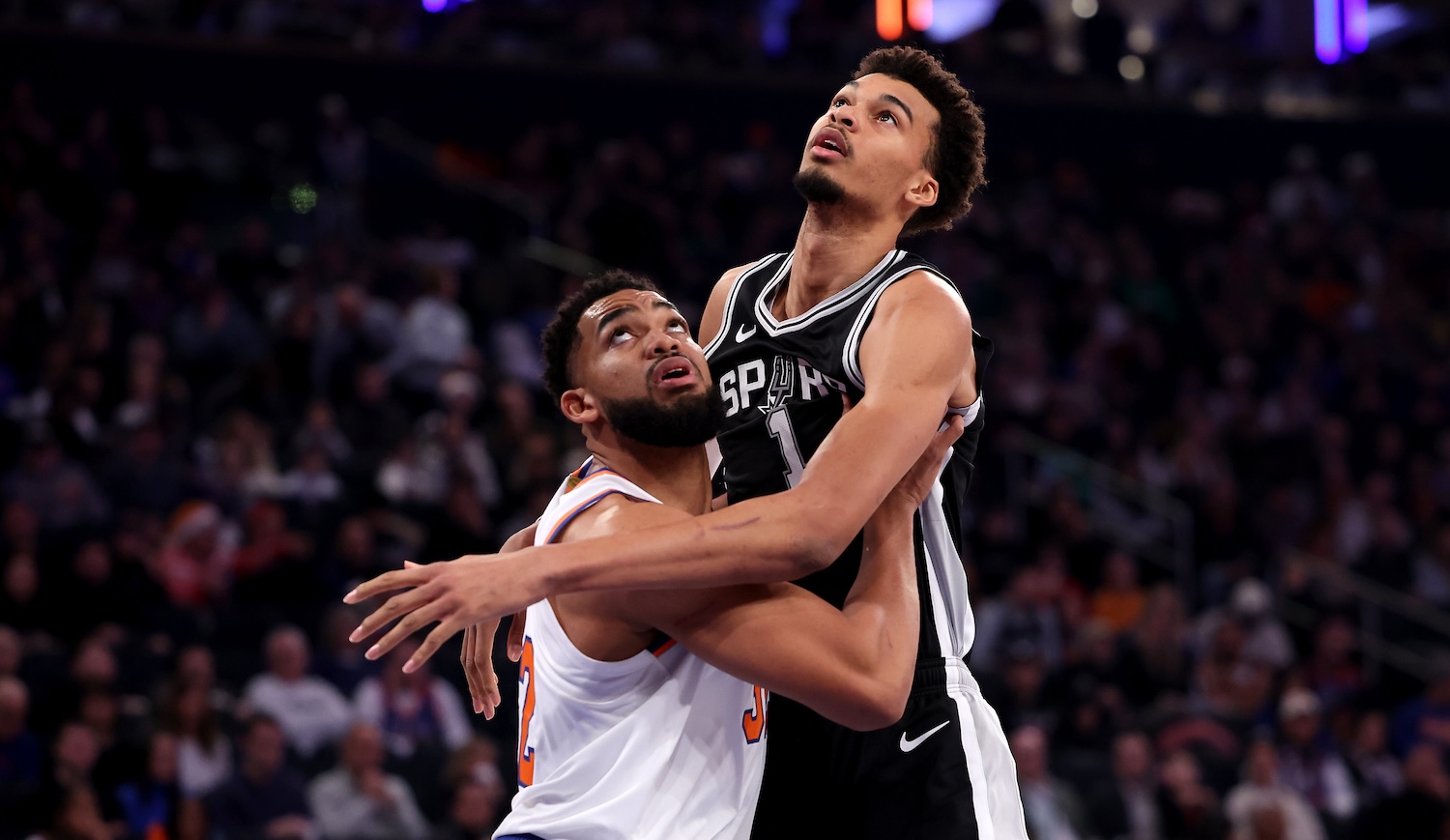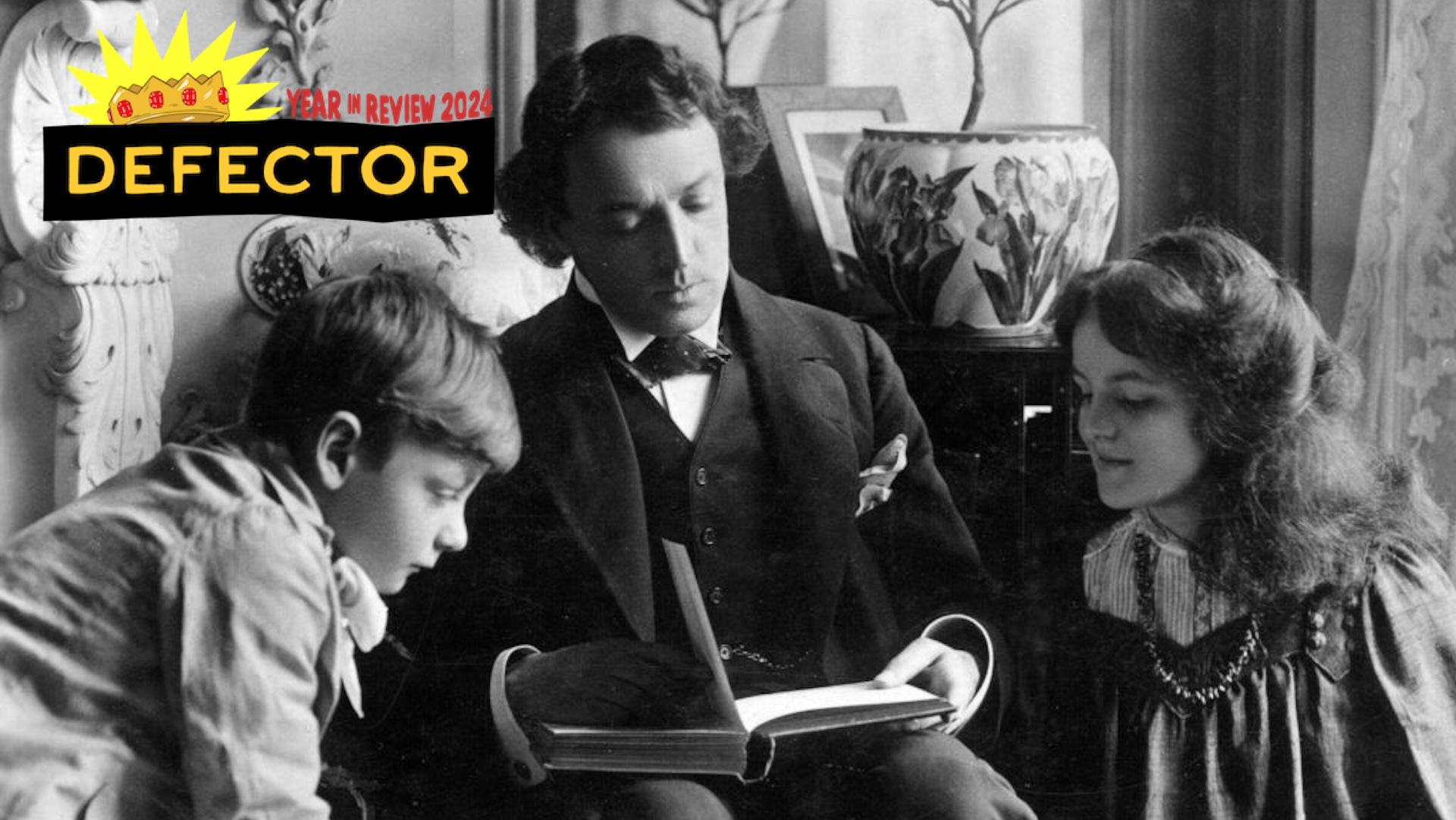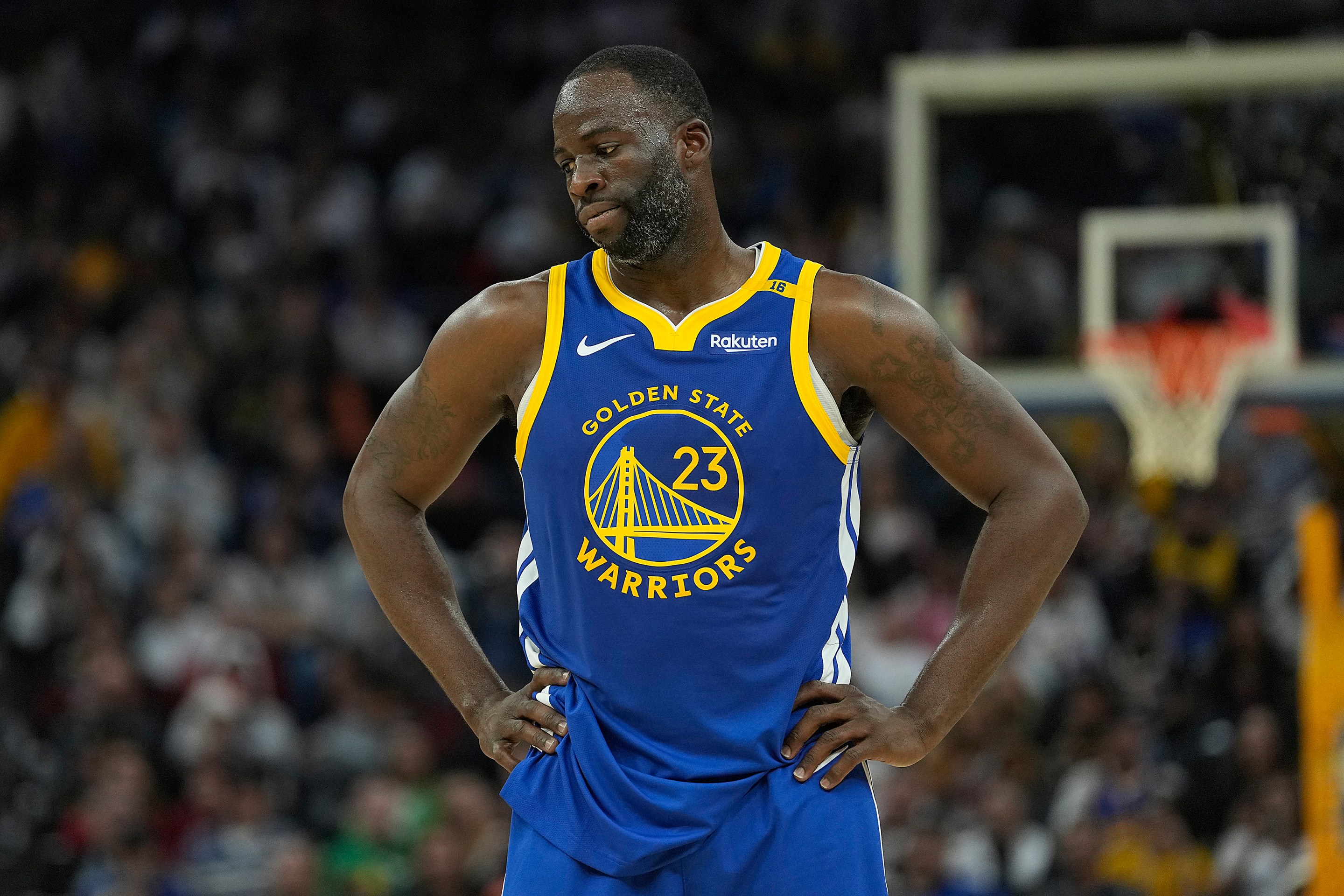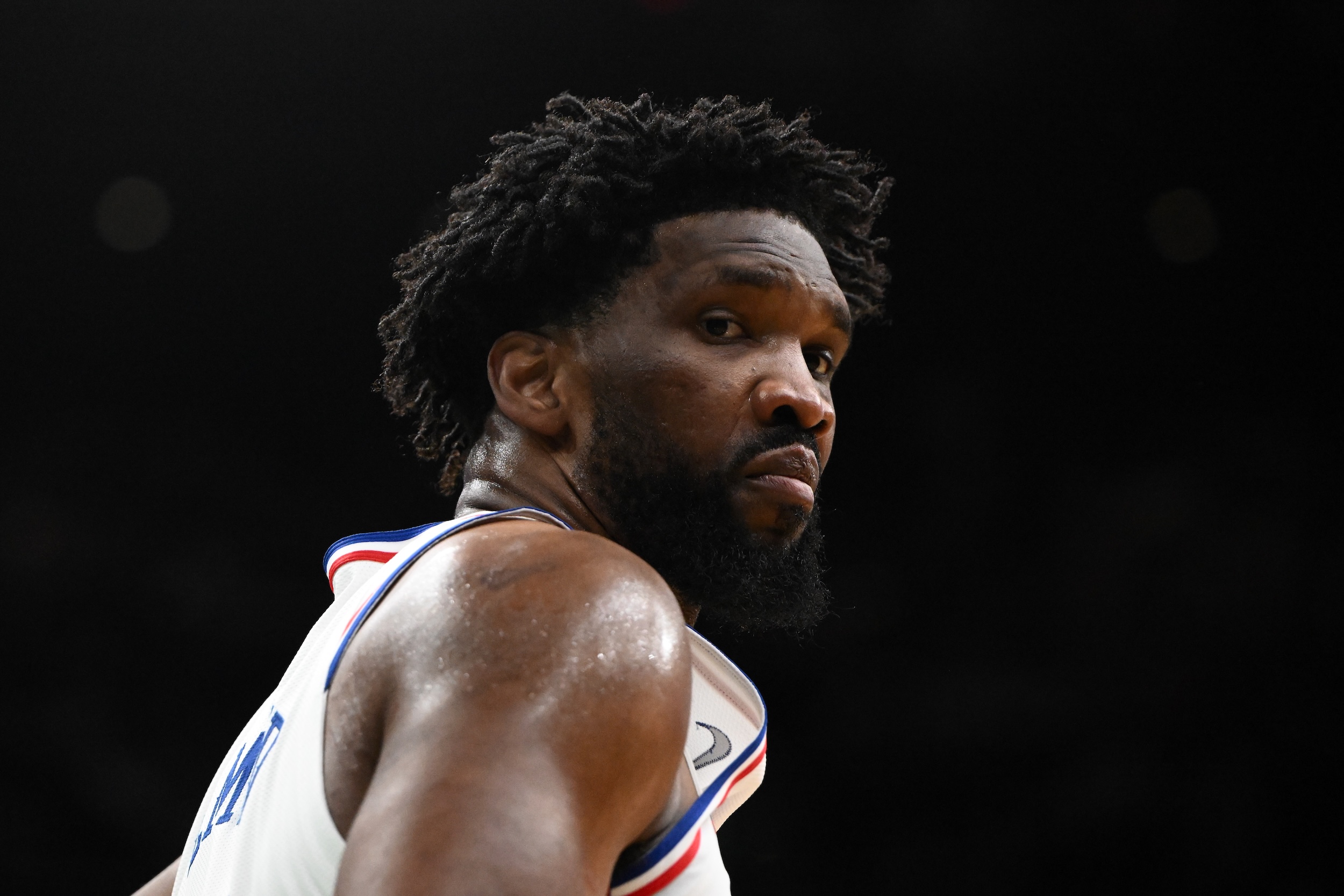Writing about your personal journey to becoming a steps merchant is a cliché; doing so in January is firmly in boring territory. But I believe that my accidental path to being a Steps Guy has taught me something about running that I hadn’t quite learned in years of being a competitor, journalist, and coach in the sport. I had paid lip service to this lesson, but never come close to truly committing: You really don’t need that watch.
On some level, I’ve always understood this. Though I own a GPS watch, I only use it to time runs a handful of times per year. I’ve run with a Timex for years, figuring that I knew the approximate length of my trusted loops and that it wasn’t really that helpful to know exactly how fast I was running at any given time. (I am talking about easy runs here. Obviously it is useful, to some extent, to know how fast you’re running during a workout or hard effort, though there’s an argument that a GPS watch isn’t the best method to get that information. We’ll get there.) Via a fitness and health challenge with two friends who, like me, had a few too many double IPAs in 2023, I stumbled into a new approach that I’ve thoroughly enjoyed.
One component of the challenge is tracking steps. I had never done so before, in part because I don’t run with a phone or any internet-connected device, and I have my phone configured to not gather any health data. But I knew my Garmin counted steps whether or not any other function was turned on, so I tried going for a run with no Timex, and no function actively operating on the Garmin. I haven’t looked back since, although I have occasionally used a GPS watch or Timex for a workout on the track or roads. I already knew I didn’t want to know my pace or precise distance on easy runs, the huge bulk of any runner’s diet. But it turns out that even just knowing how much time had passed was making my brain itchy. I’ve felt noticeably freer since ditching any timing on runs. Without stopping and starting my watch at crosswalks, or looking down and getting agitated that hardly any time had passed, or mindlessly checking how far along I was every five minutes, runs have become far more pleasurable. My daydreams and fugue states have become extended instead of broken up into chunks every time I check the watch; I feel more in touch with myself as a runner than I have in years, despite being quite close to the slowest I’ve ever been. It certainly helps that I—like most runners, I assume—do the same small handful of runs in constant rotation, and I know roughly how many miles they are. If I’m in a new city or trying a new route, I’d probably like to know how many minutes I was running. Otherwise, though, I’m never going back.
But don’t take it from me. I sent a series of questions to the writer Alex Hutchinson for this article. Hutchinson is an author and columnist who has covered the science and hype of fancy running watches for years; he also was a 3:43 1500-meter runner who once wrote about the legendary coach Matt Centrowitz Sr. throwing his watch into the infield during a workout. He responded to me with a 1,300-word email that may actually be a better piece of writing than this blog post; you can read the full thing in the comments.
Hutchinson employs the same setup I had for years: Timex only. He won an Ironman model of the watch in a road race as a Canadian high schooler in the early 1990s, and says he has done the huge majority of his runs with one ever since, replacing them when the light-up display dies. (The model I’ve used for years retails for $28 on Amazon, a fraction of what the most popular GPS watches cost.)
Hutchinson pointed to an old blog post by the runner/coach/writer/influencer Steve Magness that made the anti-watch case by comparing running to driving in traffic: “If you’re on a motorcycle and have to constantly check your speedometer to figure out if you’re going the right speed, you’re not very good at driving a motorcycle,” Hutchinson said.
“In a race, you need to make constant decisions about whether to speed up, slow down, or maintain the same pace,” he said. “Ideally, you should be able to feel those decisions, and the way you learn to feel them in competition is by practicing feeling them in training. If you do all your runs relying on your watch to tell you whether you’re running the 'right' pace, you’re passing up the chance to learn what it feels like to have an unexpectedly great day – to know by feel that this is a day where you can push beyond what your training suggested was possible.” (This tracks with workouts I’ve heard about at powerhouse college programs, where runners have to surrender their watches and come within a second or two of a particular split.)
Hutchinson believes, though, that as much as going watch-free—or watch-dumbed-down—could improve your running, the “more straightforward” argument is that it can make running more pleasant. “Tracking every mile and every heartbeat can make running feel like a job,” he said. “Some people love this, others don’t—but the danger is that I think people don’t always realize the effect that constant surveillance can have, especially if they’re also posting every run to Strava.”
He did call my new, mostly watch-free approach “crazy” and joked that I should “get help,” but allowed that my experimentation is fundamentally similar to running with a Timex, which he will not be abandoning any time soon. “I’ll go for a run, finish it, stop my watch and see that I ran for 42 minutes (or whatever), then reset my watch and never think about that number again,” he said. “It’s meaningless. And yet I would feel absolutely naked going for a run without my watch, and it feels like a minor crisis if I forget to start my watch at the beginning of a run (which basically NEVER happens).”
This is basically what I would do for years, although I would also input my very rough estimate of my mileage—the same way I have “counted” my mileage for my entire life—into a manual training log. Before the last four weeks, I could not have imagined not starting my watch, but I now recognize that even the running clock was making me just a little bit more anxious on a run than I’d prefer to be.
At this point, you might just think this sounds like two old-ish men who have refused to embrace modern technology. You wouldn’t be entirely wrong there, but if you’re still not convinced about the joy of going semi-Luddite on runs, there is another good reason to give it a shot. At least some studs in the current professional trenches are intentionally dumbing down their watch setup. In September, Scott Cacciola reported an article for the New York Times headlined “GPS Watch? No Thanks. Top Runners Are Ditching the Data.”
In it, pros like Dylan Jacobs and Heather MacLean detailed becoming fed up with the cacophony of their Garmins and Coroses, and opting for a Timex or dumber. Jacobs is running much further and faster than I am, but he had the same experience I did when he cut back on the amount of data he got from his watch.
“The runs just felt so much longer,” Jacobs told the Times about using a GPS watch. “That was one of my main problems with it. I wasn’t enjoying myself or looking around. Instead, I was kind of looking at the watch every quarter-mile to see how much longer I had left.”
The 3:50-miler Sam Prakel detailed a similar journey to the Times: He started pounding his runs way too hard in high school, hammering to hit certain paces on his watch. “I just started running too fast on all my runs,” Prakel told Cacciola. “It became harder to recover from them because I was so focused on my pace. I learned pretty quickly that it wasn’t good for me.” He’s been a Timex man for the decade since. “I feel like I’m in a better place when I don’t have all that data to worry about.”
That sounds a lot like what Hutchinson told me:
If I run for an hour at a comfortable pace that works out to somewhere around 8:00 per mile, that’s great. If I had a GPS watch, I’d know my pace more precisely. Maybe I actually averaged 7:48, or maybe it was 8:09. Maybe the fourth mile was much faster than the rest. Maybe I sped up in the second half. Maybe I slowed down,
For the most part, none of that matters, and I’m happier letting my mind wander freely than being beeped back to reality every mile by my watch. Some data certainly has meaning, but I think modern watches provide us with way more than we can actually use.
For me, even the barest, simplest data was hurting my running, in a way I had never considered. Maybe your watch is serving you exactly how you want it to, and you look at it three or four times an hour when you’d actually like to know some useful sliver of information. But I suspect that you’ll find less watch is more—whether that’s going from Coros to Timex, Timex to nothing, or something so perverted it hasn’t even been dreamt up yet.
